The Disorganized Attachment style is a tough Disorganized Attachment Style: What Is It And How It Affects Relationship to experience and even tougher to overcome at times. Experiencing a crippling fear of getting hurt, but wanting to be loved at the same time can be emotionally taxing, to say the least.
Attachment styles—the way we connect with other people—are generally developed as infants, and further refined as children, adolescents, and adults.
What Is Disorganized Attachment?
Alongside anxious and avoidant attachment, disorganized attachment, which is the most extreme of the insecure attachment style, is hypothesized to be an outcome of abuse and trauma in childhood.
For example, stemming from when an attachment figure—a parent or anyone who may have had a close hand in helping raise the child—offers inconsistent emotional support and/or abuse.
This can include verbal, physical, or sexual abuse, or the child witnessing an attachment figure commit a traumatizing act, such as a father hitting his spouse.
In either case, the consequences are twofold; the child understands the betrayal of safety that has occurred, and the child understands that a beloved parent or parental figure can become a serious threat to anyone in his proximity, including the child. At this point, the child learns that the attachment figure (who he or she loves and who is responsible for his or her safety) is also someone to be feared.
People who get attached in a disorganized way oscillate from two biological drives whenever the opportunity to attach comes about in life: the need to belong (to love and connect with others) and the need to survive (to protect oneself).
Related: Inside The Mind Of An Unloved Child
Later, particularly in romantic relationships, people with this style of attachment often feel fear and anxiety when forming intimate relationships and suffer from a negative self-image and extremely damaging self-talk. They often feel intense loneliness because of an earnest want for genuine connection, but the stress and fear response, linked to that want, causes them to act erratically, driving away potential connection.
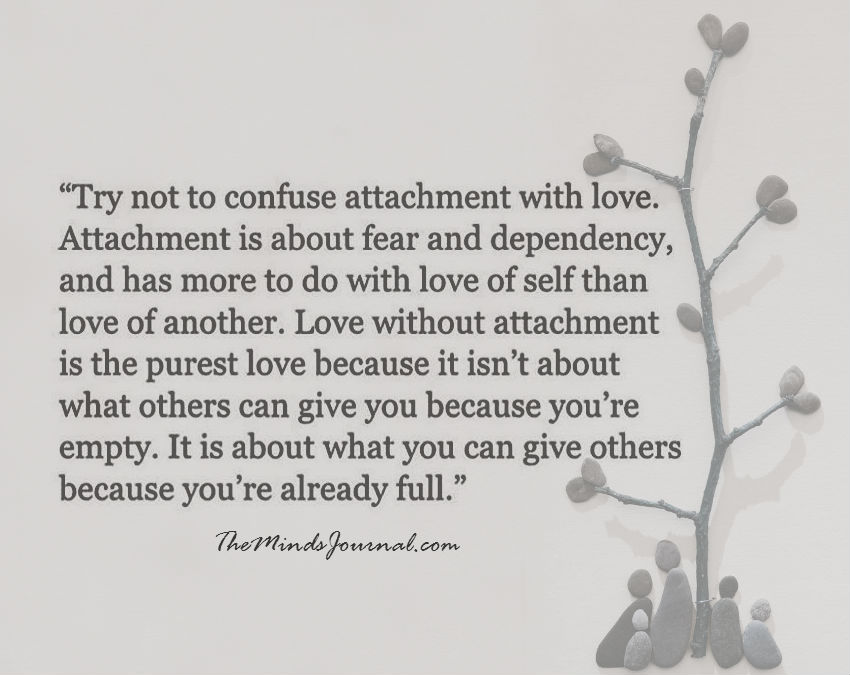
Indeed, it has been suggested that people with Borderline Personality Disorder [also] evidence a disorganized attachment style. They have an extreme need for closeness, fear of rejection, and contradictory mental states and behaviors.
The pain of those with a disorganized style of attachment is this: They want to love. They want, as any human, to be understood, to feel safe, to feel connected to another person. But, the process is extremely jarring, and developing feelings for another person can be marred with more negative emotion than positive, including anxiety, confusion, self-hatred, and doubt.
Although people with a disorganized style of attaching want to connect, they pull away, see signs of rejection where none exists, and develop a self-fulfilling prophecy: They act in ways that protect themselves from rejection and pain.
For example, they may fear how they’re being seen, stop replying to a potential partner because they believe they’ll be rejected, even abandon the relationship entirely to avoid further self-viewed embarrassment, intense shame, or negative emotion, ultimately ending the relationship.
Even if the potential partner may be expressing genuine interest, the responding and often erratic behavior by those with disorganized attachment—like being overly trusting then suddenly suspicious, or being happily responsive then withdrawing at a moment’s notice—may cause the potential partner to lose interest, which further enforces the internal negative beliefs; that he or she is unwanted and unlovable.
In the case of disorganized attachment, forming intimate attachments to others can seem like an insurmountable task, because any new intimate relationship formed takes a tremendous and continuous act of trust put forth onto his or her potential partner, from which consistency and reassurance are needed near-constantly.
Imagine, for instance, a kitten, who has been badly mistreated but is fully reliant on its owner for food and shelter, not dissimilar to a helpless child. If displaced and put even in the safest environment, it would similarly hesitate to approach its new owner, consistently on high alert, feeling threatened and on edge, feeling both satisfied and warm, and absolutely terrified with every pat on the head, acting erratically not knowing which pat will be a blow—not dissimilar to this child, now grown, intimately attaching to a new intimate figure; a romantic partner.
When it comes to the ways in which we attach to others, our attachment styles have served us well in early life, allowing us to react and adapt to the situations at hand, ensuring, in a sense, our survival into adulthood. However, a disorganized way of attaching may no longer serve us or be helpful in meeting our life’s goals.
Related: The Attachment Theory: How Childhood Attachment Affects Adult Relationships
Fortunately, While The Literature On Overcoming A Disorganized Style Is Scarce, There Is Hope.
As in any area of life, as adults, the responsibility to change falls within: What it takes to unlearn bad habits in attachment is time, skills, and reassurance, support, and ongoing safe, positive, and trusting relationships, which truly help heal trauma. Despite understanding this intellectually, it also takes time for emotions and actions to catch up.
This is where therapy can help. Through therapy, a safe and trusting environment and relationship are made, where skills like identifying, verbalizing, and communicating thoughts and feelings can be learned.
Therapy can also help someone with disorganized attachment test the waters in future relationships by learning how to feel safe while communicating, including sharing how one feels, instead of making premature assumptions leading to acting out the unhealthy attachment style.
Because the mind can sabotage new relationships out of self-protection, an important skill that can be learned through therapy is to contest the internal negative self-talk and look for contradictory past examples.
For instance, because those with a disorganized style of attachment respond normally to friends and strangers and only react in a disorganized way with intimate relationships (as shown in the literature for children) if one believes he or she is unlovable, thinking about friends or coworkers who value him or her and why is a good way to refute that thought.
Finally, choosing a consistently kind, reliable, and trusting partner is also part of good relationship habits, which can help form a healthy attachment. The safer one feels within a relationship, the more securely attached he or she can become.
References:
Beeney, J. E., Wright, A. G., Stepp, S. D., Hallquist, M. N., Lazarus, S. A., Beeney, J. R., ... & Pilkonis, P. A. (2017). Disorganized attachment and personality functioning in adults: A latent class analysis. Personality Disorders: Theory, Research, and Treatment, 8(3), 206.
Zilberstein, K., & Messer, E. A. (2010). Building a secure base: Treatment of a child with disorganized attachment. Clinical Social Work Journal, 38(1), 85-97.
Written By Mariana Bockarova Originally Published In Psychology Today
If you are someone, who has a disorganized attachment style, then don’t lose hope. Things might seem bleak and hard most of the time, but everything will be fine. Treat yourself with kindness and a lot of love, go for therapy and be with someone who will understand you and help you deal with this.

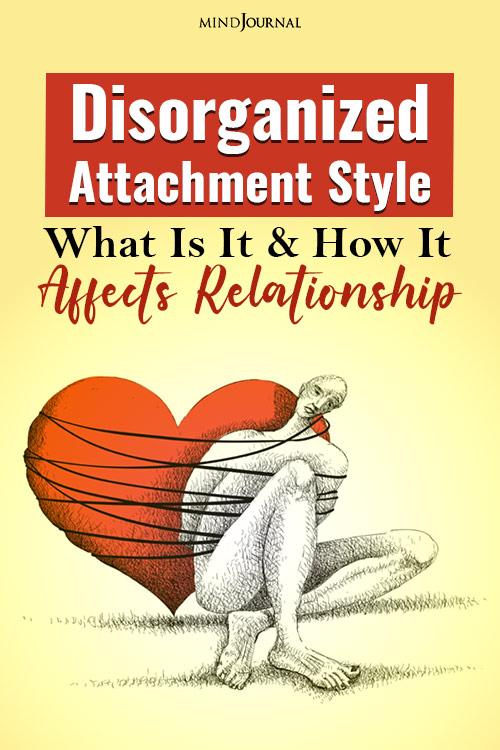


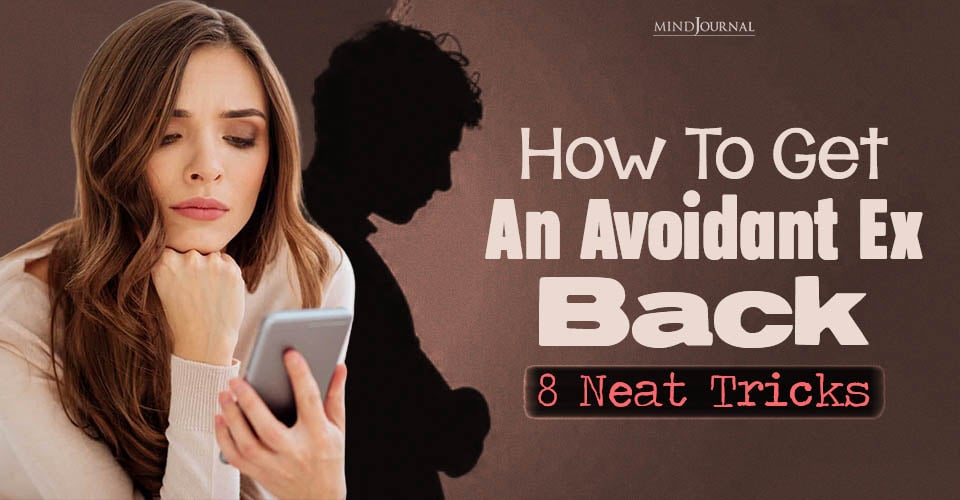
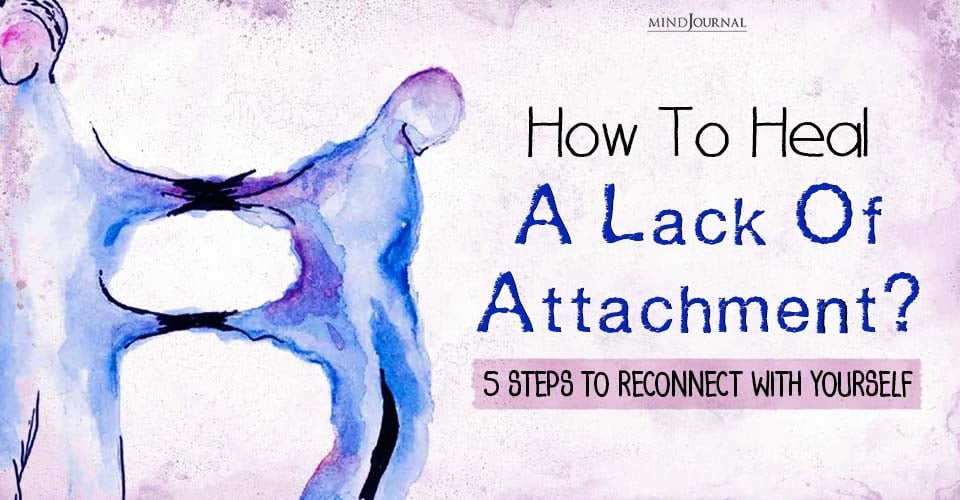
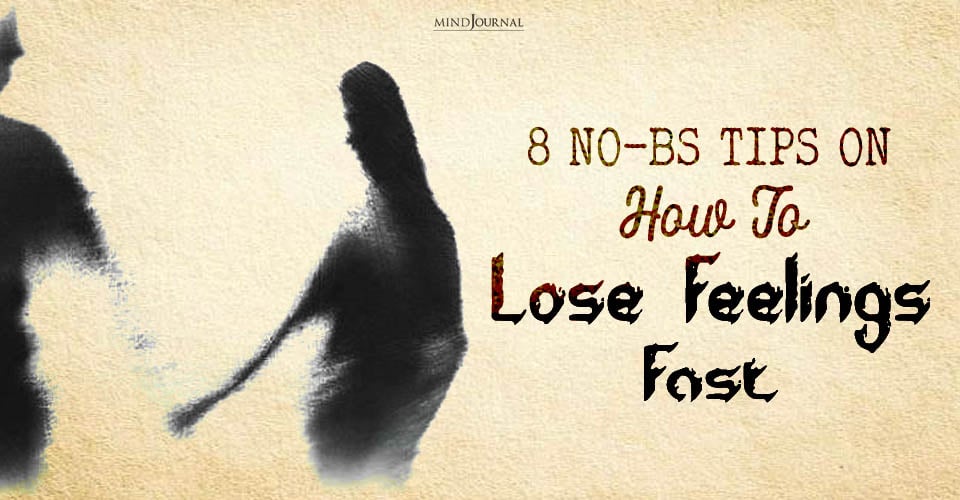

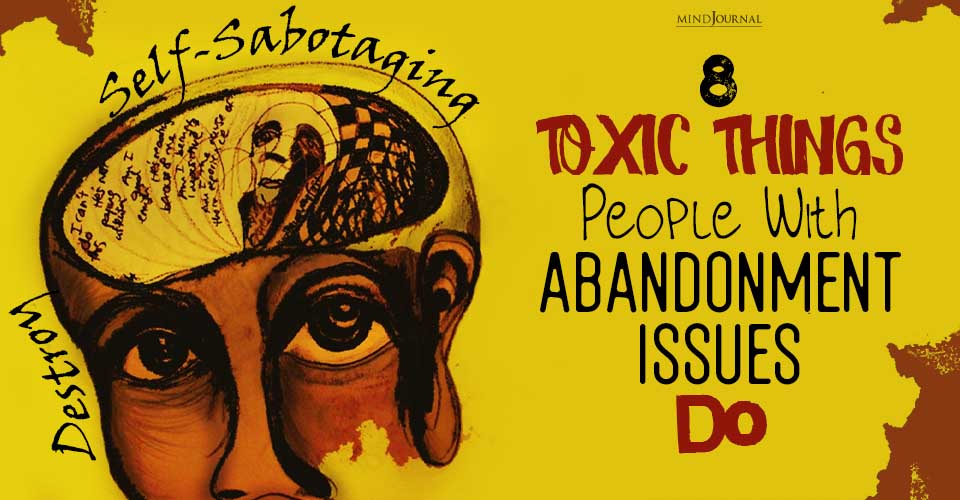
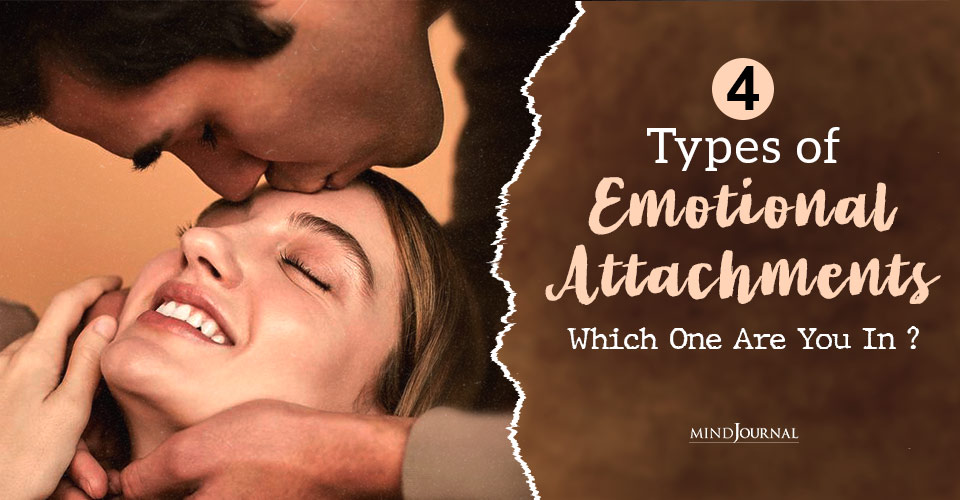

Leave a Reply